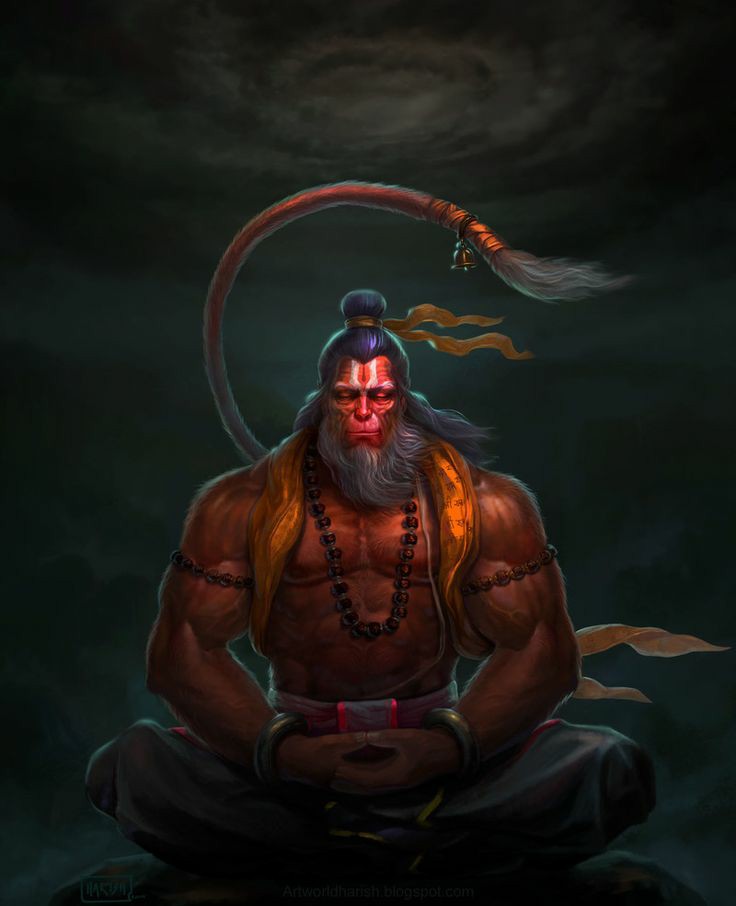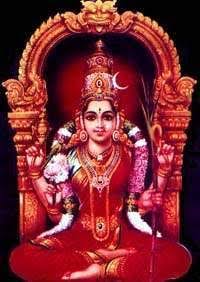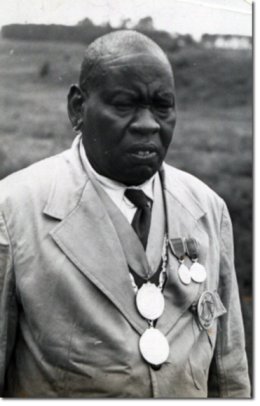This goal (the evasion of responsibility) is achieved through various tactics calculated against clarity & precision...
One defining feature of many Christian men today is the effeminate practice of covert and evasive speech.
Even worse is the fact that this manner of speaking is widely seen as the moral, "charitable," and polite manner of speech, to be praised, encouraged, & emulated.
(Thread)
This goal (the evasion of responsibility) is achieved through various tactics calculated against clarity & precision...
It is the widely accepted and prescribed method of communication for a "good Christian man."
Directness of speech, on the other hand, is considered a sign of bad manners, or even of sinfulness...
This man is seen as "arrogant," "divisive," "rude," "uncharitable," and unworthy of public engagement...
Only error can prosper in a climate of dogmatic ambiguity, and only truth can suffer as a result.
If we want true and lasting reform in the Church, this must change...
We must insist upon shining the sanitizing light of clear speech into every facet of evangelical culture...
More from Religion
You May Also Like
Trump is gonna let the Mueller investigation end all on it's own. It's obvious. All the hysteria of the past 2 weeks about his supposed impending firing of Mueller was a distraction. He was never going to fire Mueller and he's not going to
Mueller's officially end his investigation all on his own and he's gonna say he found no evidence of Trump campaign/Russian collusion during the 2016 election.
Democrats & DNC Media are going to LITERALLY have nothing coherent to say in response to that.
Mueller's team was 100% partisan.
That's why it's brilliant. NOBODY will be able to claim this team of partisan Democrats didn't go the EXTRA 20 MILES looking for ANY evidence they could find of Trump campaign/Russian collusion during the 2016 election
They looked high.
They looked low.
They looked underneath every rock, behind every tree, into every bush.
And they found...NOTHING.
Those saying Mueller will file obstruction charges against Trump: laughable.
What documents did Trump tell the Mueller team it couldn't have? What witnesses were withheld and never interviewed?
THERE WEREN'T ANY.
Mueller got full 100% cooperation as the record will show.
BREAKING: President Donald Trump has submitted his answers to questions from special counsel Robert Mueller
— Ryan Saavedra (@RealSaavedra) November 20, 2018
Mueller's officially end his investigation all on his own and he's gonna say he found no evidence of Trump campaign/Russian collusion during the 2016 election.
Democrats & DNC Media are going to LITERALLY have nothing coherent to say in response to that.
Mueller's team was 100% partisan.
That's why it's brilliant. NOBODY will be able to claim this team of partisan Democrats didn't go the EXTRA 20 MILES looking for ANY evidence they could find of Trump campaign/Russian collusion during the 2016 election
They looked high.
They looked low.
They looked underneath every rock, behind every tree, into every bush.
And they found...NOTHING.
Those saying Mueller will file obstruction charges against Trump: laughable.
What documents did Trump tell the Mueller team it couldn't have? What witnesses were withheld and never interviewed?
THERE WEREN'T ANY.
Mueller got full 100% cooperation as the record will show.
























